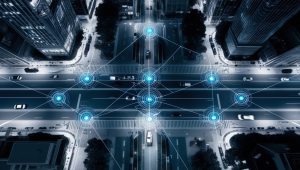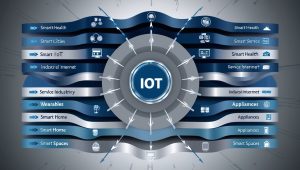
Building a Smart and Integrated Enterprise: Key Insights and Strategies
This in-depth overview on building a smart and integrated enterprise offers valuable insights and strategies for businesses aiming to enhance operations with intelligent technologies. Covering topics like AI, IoT, and cloud integration, it explores how companies can become more agile, secure, and innovative by using connected systems. Readers will gain an understanding of the benefits of digital transformation and how these technologies can drive efficiency, innovation, and sustainable growth.
